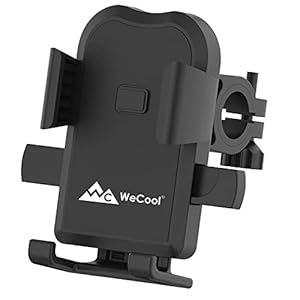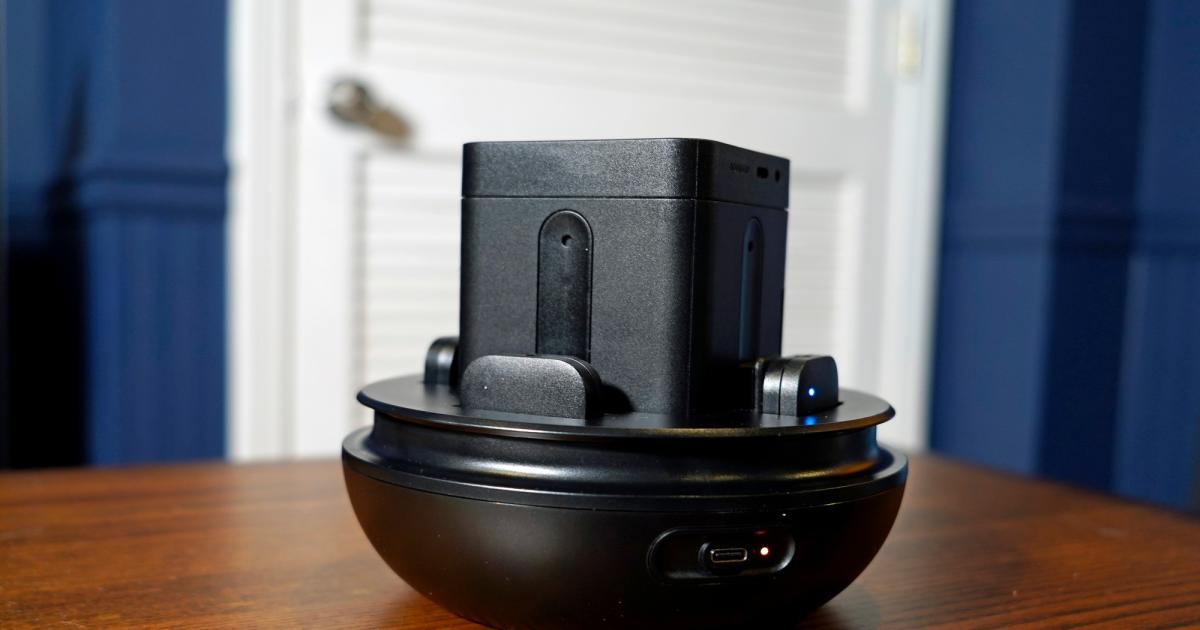
“A $3,000 podcasting equipment, on this economic system?” That was my first thought once I discovered about Nomono’s transportable recording setup last year. Since then, the value has dropped barely to $2,490. However my foremost concern stays: Who wants this factor when you will get a small audio recorder and lavalier mics for a lot much less? Nonetheless, I used to be intrigued.
Nomono’s equipment consists of 4 wi-fi lav mics, in addition to an area recorder for room tone and spatial knowledge, all of which cost in a transportable carrying case. Your recordings are routinely uploaded to Nomono’s cloud service, the place you may optimize their audio high quality (and ultimately edit them in your browser). As somebody who’s been podcasting often since 2008, the notion of an all-in-one equipment that may simply deal with native recordings feels like an absolute dream. Nomono’s equipment has the potential to be one thing the podcasting business has wanted for years, however can the corporate justify its extremely excessive value?
Gallery: Nomono podcasting equipment | 5 Images
Gallery: Nomono podcasting equipment | 5 Images
Clearly, this is not a product geared toward everybody — it is actually not for novices, and I would argue it’s miles past the scope of what most podcasters really want. However after testing Nomono’s equipment for a couple of weeks, I can see the way it may very well be useful for recording studios and firms that want versatile podcasting options. It does not require a lot coaching to make use of, it delivers top quality recordings, and it may be deployed nearly wherever. For these of us, spending $2,490 on Nomono’s equipment could make extra sense than having an engineer dedicate time to each single recording. Add in a cloud subscription, which may price as a lot as $29 a month, and it positively does not look like one thing for mere podcasting mortals.
You possibly can inform Nomono is striving for Apple-level design just by its {hardware}. Despite the fact that every part is product of plastic, nothing feels low cost. The egg-like charging case has a material deal with on the high in addition to a USB-C port. Its two halves snap along with safe clasps — flip these open, take off the highest and also you’re offered with 4 lavalier microphones across the house recorder. It is like an lovely podcasting hen nest.
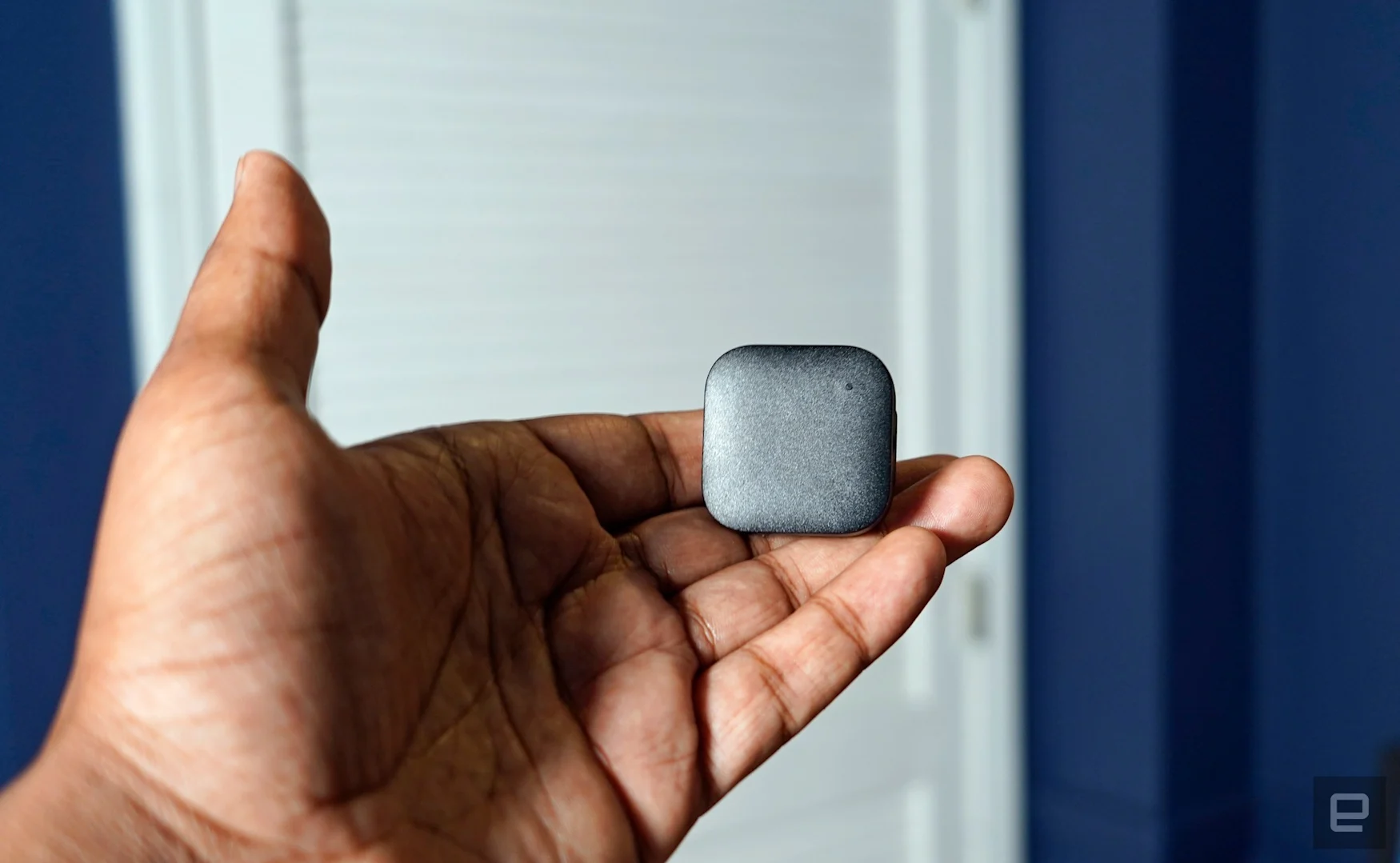
Picture by Devindra Hardawar/Engadget
The house recorder serves because the hub for your complete Nomono expertise: It is a rectangular machine that includes omnidirectional microphones for capturing room tone with spatial info (it will possibly inform the place everyone seems to be situated throughout a dialog). There is a small display on the high displaying the battery ranges of all of the related lavs, in addition to distinguished recording and directional buttons. On the facet, it incorporates a USB-C port and a 3.5 millimeter headphone jack. As you are capturing audio, the house recorder takes in knowledge from the lav mics and uploads it to Nomono’s cloud as soon as your session is finished.
The lavaliers aren’t practically as distinctive: They’re small, indiscrete sq. pucks that includes 4 LED colours (useful for distinguishing every monitor). They grip onto your garments with small magnets — making them straightforward to placed on, however probably simply as straightforward to slide off. The lavs by no means fell off throughout my testing, however I continually anxious about knocking one off and shedding the tiny magnet. (Nomono consists of some further magnets in its bundled accent equipment, which additionally has windscreen sleeves for the lavs and house recorder.)
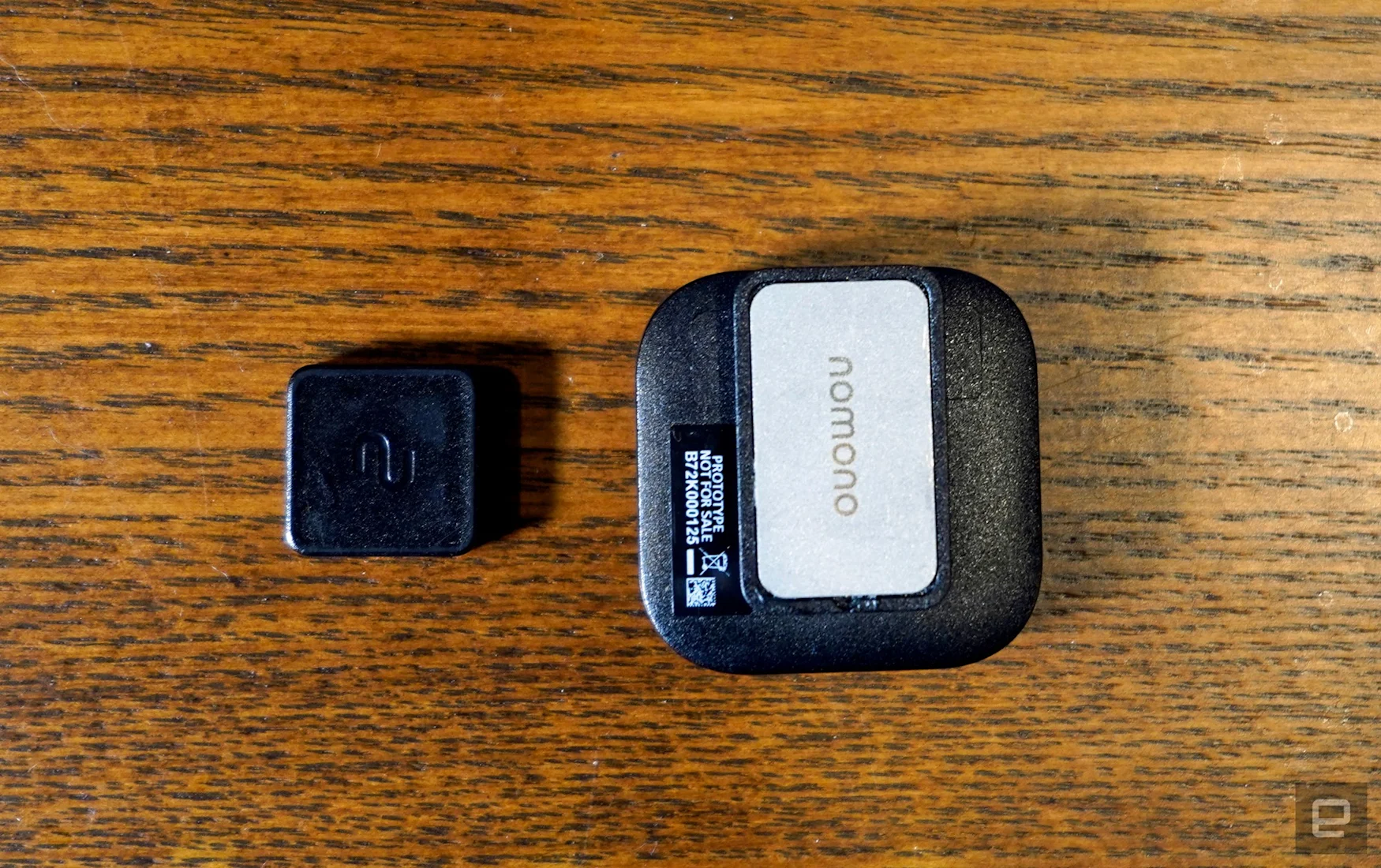
Picture by Devindra Hardawar/Engadget
Organising Nomono’s {hardware} was comparatively simple: After charging the case, I downloaded the Nomono Companion app, created an account, and paired the equipment to my cellphone. The app exhibits battery ranges for the lav mics and house recorder. To seize audio, you simply have to take away the house recorder and no less than one lav, then hit file. That course of was surprisingly quick and dependable — I used to be usually capable of get recordings began in beneath 30 seconds.
Wrapping up a session is generally dependent in your web connection. It took beneath 60 seconds for a 90-minute recording to get uploaded, after which I needed to wait a couple of extra minutes for Nomono’s cloud to course of the add. It was far sooner for brief recording exams, simply be ready to attend a bit in the event you’re planning to push numerous audio. Nomono’s {hardware} delivers 16-bit 48kHz WAV information for every lavalier, in addition to an ambisonic WAV file (with as much as 4 tracks) from the house recorder.
The standard of these recordings are crisp and detailed even in barely noisy outside areas. The lavs do not sound practically as wealthy or nuanced as a premium dynamic or condenser microphone, however I did not actually count on them to. I would think about them on-par with different wi-fi lavaliers I’ve used throughout video manufacturing (our podcast editor, Ben Ellman, described the sound as being excellent for video shoots). A dialog with my spouse additionally sounded surprisingly clear, with not one of the crosstalk points or echoes I’ve encountered with cheaper multi-mic options.
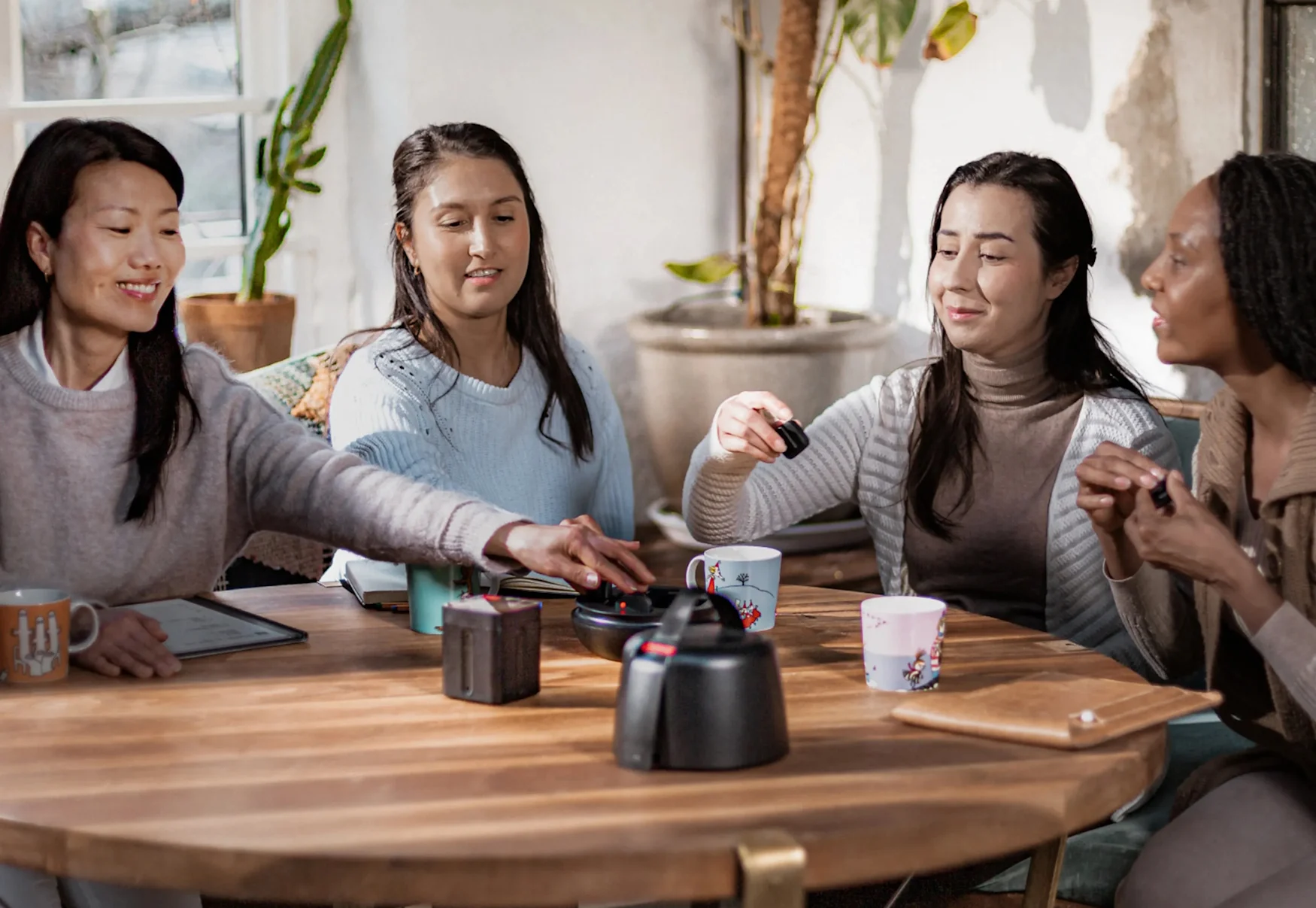
Nomono
To offer your recordings a bit extra polish, Nomono additionally provides three ranges of enhancement via its cloud platform: on the sunshine finish, it incorporates a high-pass filter, cross-talk discount, notch EQ filter, de-noising and de-essing (for eradicating harsh “S” sounds and different sibilants). Medium enhancement provides loudness normalization, a tone-shaping EQ and adaptive stage, whereas full enhancement goes even heavier on the latter two options. Whilst you can nonetheless obtain pure, unfiltered tracks, these enhancements are helpful for the much less audio savvy.
Finally, you may select to spatialize your recording via Nomono’s on-line platform, which makes every audio monitor sound like they’re coming from completely different instructions (relying on the place the house recorder was positioned through the session). That characteristic wasn’t out there whereas I used to be testing the equipment, and to be sincere, it is also not one thing I would ever think about using in a podcast.
Nomono’s full audio enhancement did a good job of chopping down freeway sounds and different road noise whereas I used to be recording in entrance of my native Starbucks (see above), nevertheless it additionally made my voice sound a bit tinny and compressed. Principally, do not count on any miracles. Whereas It is helpful to have easy methods to chop down background noise, you may nonetheless have to discover a comparatively quiet recording house to seize the most effective audio. (In any other case, why even purchase such an costly podcasting equipment?!)
The corporate plans to launch its on-line editor by the top of 2023, which might additionally probably embrace the power to edit spatial recordings. Since this isn’t precisely a shopper resolution, I’d wager that most individuals shopping for Nomono’s {hardware} have already got extra refined methods to edit audio.
Here is a comparability of Nomono’s lavalier versus the Rode Procaster XLR microphone:
Whereas Nomono’s {hardware} largely impressed me, its on-line platform made it powerful to take care of bigger information. It took over 5 minutes for it to arrange a 90 minute monitor for obtain (together with its bundled spatial audio file). And that didn’t embrace the time it took to truly seize the file, which might be dependent in your web connection. I perceive the enchantment of a seamless on-line audio resolution, nevertheless it’s annoying once I know it will be sooner to simply seize a file from a tool sitting proper on my desk.
The house recorder didn’t present up on my Mac or PC once I related to it, sadly. Nomono representatives say the corporate is planning to make offline options out there subsequent yr, however for now, it is centered on a cloud-based workflow as a result of they imagine it is the “most handy and time-efficient” resolution for customers. That additionally means livestreaming is out of the query with this equipment, although it could present up in a future Nomono product, the corporate tells me.
I’d have a a lot simpler time justifying Nomono’s excessive value if I knew I might use its {hardware} with out counting on an internet site. This isn’t my first time on the gadget startup rodeo: What good is that this $2,490 recording equipment if the corporate goes out of enterprise in a yr or two?

Picture by Devindra Hardawar/Engadget
It’s clear that Nomono has developed one thing particular, nevertheless it’s laborious to think about this recording equipment being the one resolution for an audio-savvy firm. You’ll nonetheless have to have a devoted podcasting house with hard-wired microphones. What Nomono provides is flexibility: What if you must file in one other room, in another person’s workplace, or at a resort? In these conditions, a self-contained $2,490 podcasting equipment may not appear so wild.
Trending Merchandise



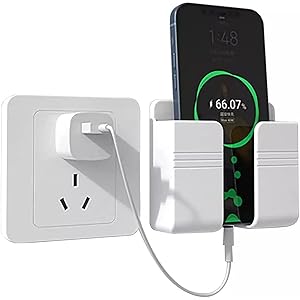
![CRATIX 360°Rotatable and Retractable Car Phone Holder, Rearview Mirror Phone Holder [Upgraded] Universal Phone Mount for Car Adjustable Rear View Mirror Car Mount for All Smartphones](https://m.media-amazon.com/images/I/410N7NZtIjL._SS300_.jpg)
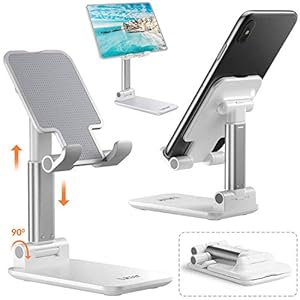
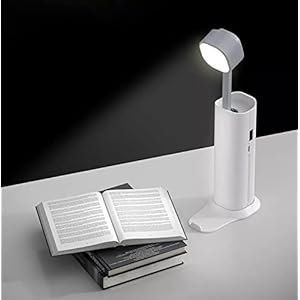


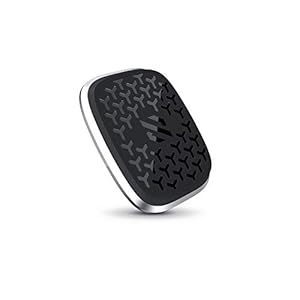
![Car Phone Holder Mount, [Military-Grade Suction & Super Sturdy Base] Universal Phone Mount for Car Dashboard Windshield Air Vent Hands Free Car Phone Mount for iPhone Android All Smartphones](https://m.media-amazon.com/images/I/51KK2oa9LDL._SS300_.jpg)
